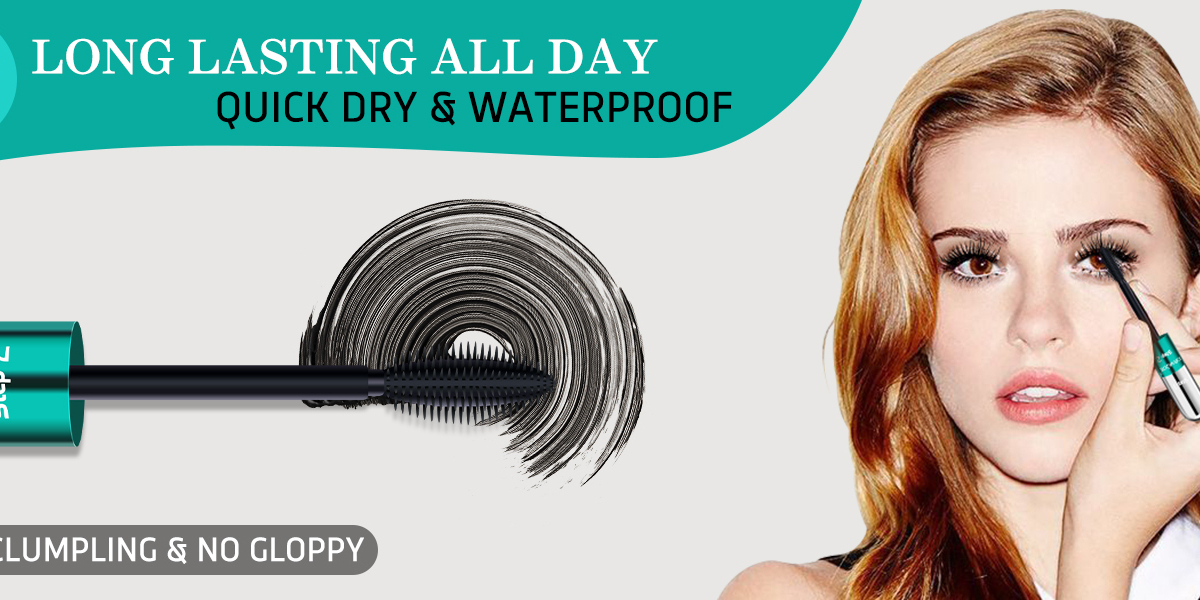Choosing the correct flange size for breast pumping is crucial for both comfort and efficiency. Many mothers may not realize that the right size can significantly impact their pumping experience. In this article, we will explore how to determine the appropriate flange size and why it matters.

What is a Flange?
A flange is the part of the breast pump that fits over the nipple and areola. It creates a seal that allows for effective milk extraction. If the flange is too small or too large, it can lead to discomfort, reduced milk supply, and even nipple damage. Understanding the correct flange size for breast pumping is essential for a successful pumping journey.
How to Measure for the Correct Flange Size
To find the correct flange size for breast pumping, you can follow these steps:
- Start by measuring the diameter of your nipple. Use a ruler or measuring tape to measure the width of the nipple at its base.
- Once you have the measurement, add 1-2 millimeters to determine the appropriate flange size. This adjustment allows for comfort and ensures that the flange fits well.
- Consult the manufacturer's size guide for specific flange sizes. Many brands offer a variety of sizes to accommodate different needs.
For a detailed size guide, you can visit  .
.
Signs You May Need a Different Flange Size
Identifying whether you have the correct flange size for breast pumping can be challenging. Here are some signs that may indicate a need for a different size:
- Experiencing pain or discomfort during pumping.
- Noticing that your nipple is rubbing against the sides of the flange.
- Seeing a decrease in milk output.
- Finding that your nipple is becoming misshapen after pumping.
Why the Right Flange Size Matters
Using the correct flange size for breast pumping is not just about comfort; it also affects milk flow and overall pumping efficiency. A well-fitting flange can help:
- Enhance milk extraction, leading to better supply.
- Reduce the risk of nipple trauma or irritation.
- Make the pumping experience more enjoyable and less stressful.
In conclusion, selecting the right flange size is a vital step in your breastfeeding journey. By understanding how to measure and recognizing the signs of an ill-fitting flange, you can ensure a more comfortable and effective pumping experience. Remember, the correct flange size for breast pumping can make all the difference.








